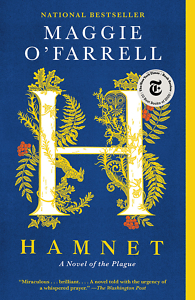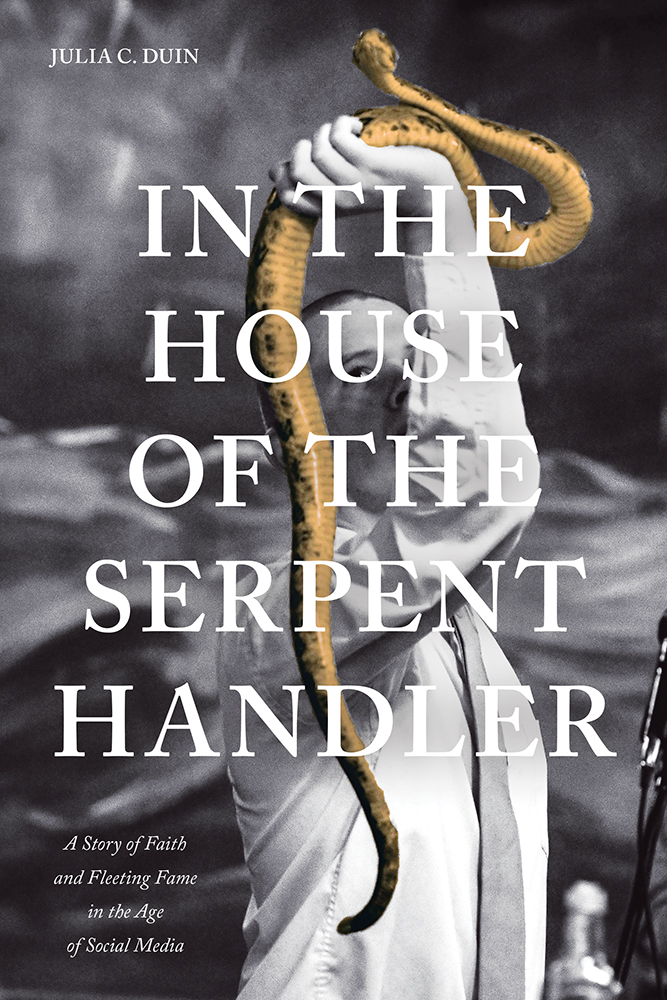A Brief Life
Motherhood is the beating heart of Maggie O’Farrell’s Hamnet
“The past is never dead. It’s not even past,” Faulkner famously opined in Requiem for a Nun; and now novelist Maggie O’Farrell — born in Ireland and a resident of Edinburgh — builds on Faulkner’s insight in her audacious, beguiling Hamnet, published last year by Knopf and named one of The New York Times Review’s Ten Best Books of 2020.

O’Farrell recreates the brief life of William Shakespeare’s son, who, at the age of 11, perished in an outbreak of bubonic plague. In our own pandemic era, her novel resonates, filling in the lacunae of literary history, an ode to intimate pleasures and ineffable pain. Although Hamnet unfolds in the late 16th century, O’Farrell’s choice of present-tense narration highlights that tension Faulkner described. Or to quote Shakespeare’s The Tempest, “What’s past is prologue.”
The novel opens with two dramas 15 years apart. In the summer of 1596, the young Hamnet lives in Stratford-upon-Avon with his paternal grandparents, his sisters — spirited Susanna, two years older, and his twin, Judith, a gentle soulmate — and their ethereal, self-reliant mother, Anne Hathaway, known as Agnes. His father is away in London, preoccupied with a burgeoning career as a playwright. One gold-tinged, bucolic afternoon Judith spikes a high fever, and Hamnet can’t find anyone to help as he darts around town. O’Farrell evokes the boy’s rising hysteria, his close — but to no avail — encounters with rescue.
From here O’Farrell shifts to Agnes’s backstory, set in the previous decade. A gardener, beekeeper, and cook, Agnes oversees her family’s prosperous sheep farm outside of town, where she chafes under the oppressive hand of her widowed stepmother. At 26, she also roams the countryside, a kind of Renaissance Artemis, kestrel on her wrist, seeking out medicinal herbs and studying the rhythms of the forest. She catches the eye of her half-brothers’ 18-year-old Latin tutor — in a master stroke O’Farrell never identifies the Bard by name — and they gravitate to each other. In a flashback, Agnes glimpses the genius in her husband-to-be: “It had layers and strata, like a landscape. There were spaces and vacancies, dense patches, underground caves, rises and descents … It eluded her, mostly. She knew there was more of it than she could grasp, that it was bigger than both of them.”
Her unexpected pregnancy compels the couple to marry and move in with his parents: John, a glover by trade and a violent man, and Mary, his pliant wife and the closest thing to a society queen in Warwickshire in the 1580s. The thrill of this kind of historical fiction is that it’s not really historical, not bound to a roadmap. O’Farrell is guided less by the fragments we know about Agnes and her children than by her own artistry and intuition, capturing one muse in all her complexity. Agnes is a modern woman — creative, self-assured, the author of herself — and yet haunted by losses, from her increasingly distant husband to memories of her birth mother, struck down when Agnes was a child, bequeathing only an apothecary’s tools and a passion for nature.
 In one gorgeous passage, Agnes recalls walks in the woods: “She could nestle under the cloak of hair. The trees appeared then, to her, through the dark skeins, like a lantern show,” O’Farrell writes. “Look, the mother said, a squirrel, and a reddish flourish of tail disappeared up a trunk, as if she herself had conjured it from the bark. Look, a kingfisher: a jewel-backed arrow piercing the silver skin of a brook. Look, hazelnuts: the mother clambering into the boughs, shaking them with her strong arms and down came clusters of dun-jacketed pearls.”
In one gorgeous passage, Agnes recalls walks in the woods: “She could nestle under the cloak of hair. The trees appeared then, to her, through the dark skeins, like a lantern show,” O’Farrell writes. “Look, the mother said, a squirrel, and a reddish flourish of tail disappeared up a trunk, as if she herself had conjured it from the bark. Look, a kingfisher: a jewel-backed arrow piercing the silver skin of a brook. Look, hazelnuts: the mother clambering into the boughs, shaking them with her strong arms and down came clusters of dun-jacketed pearls.”
Motherhood, then, is the beating heart of this extraordinary novel. When plague once again stalks Stratford, Agnes swings into action, tapping her knowledge as first Judith, then Hamnet, falls ill. Judith rallies, but to Agnes’ dismay her son succumbs: “She thinks of her garden, of her shelves of powders, potions, leaves, liquids, with incredulity, with rage … She is a fool, an ineffectual, prideful fool … Her son’s body is in a place of torture, of hell. It writhes, it twists, it buckles and strains.” A parent’s anguished helplessness drives these scenes — they are almost too much to bear — but O’Farrell’s language is electrifying, spot on.
And what of Hamnet? He’s a sweet-tempered boy, surrounded by the grace of women, pining for his absent father, who later contends with his own grief by immersing himself in his stage work. Hamnet Shakespeare left virtually no mark on the world, but there are shelves of books and dissertations that probe the shadow he cast over Hamlet, composed a few years after his death. (As O’Farrell notes, “Hamnet” and “Hamlet” were often used interchangeably in Elizabethan England.)
“Having to bury a child must be unlike anything else,” O’Farrell mentioned in an interview with The Guardian last year, and yet she daringly pushes into this terra incognita. Her novel is embroidered with humor as well as sorrow, characters true to their time and yet immediate, reminiscent of Hilary Mantel’s Cromwell trilogy. Faulkner once called the Bard’s oeuvre “a casebook on mankind”; here O’Farrell picks up the baton of all great literature, giving us an indelible, moving book destined to stand the test of tomorrow, and tomorrow, and tomorrow. The test of time.

Hamilton Cain is the author of This Boy’s Faith: Notes from a Southern Baptist Upbringing and a frequent reviewer for O, the Oprah Magazine; the Minneapolis Star Tribune; and The Barnes & Noble Review. A native of Chattanooga, he lives in Brooklyn, New York.


